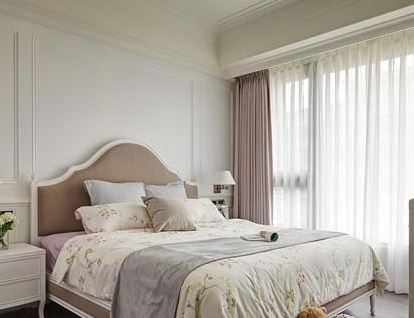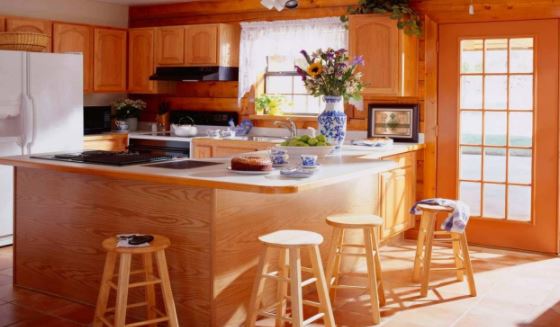
Make your house comfortable and sustainable, prevention is better than cure. Prevention refers to simple modifications that can bring you a comfortable and sustainable path.
As we spend more money than ever to maintain and improve houses, we are also becoming more aware of how the design and use of houses affect our health and society. Exacerbated by climate change and rising energy costs. There are many ways to reduce energy and stay comfortable (for example, here and here). Many reports indicate that it should be possible to reduce energy consumption by 50-80% by using currently available materials and appliances.
Appliances are simple, you can use the Energy Star rating to find the most efficient appliances. But before you go out to buy an air conditioner, please consider the following principles, which can help you determine the conditions needed to create a comfortable house.
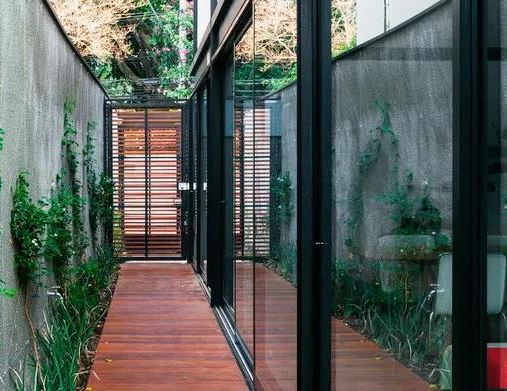
Prevention is better than cure
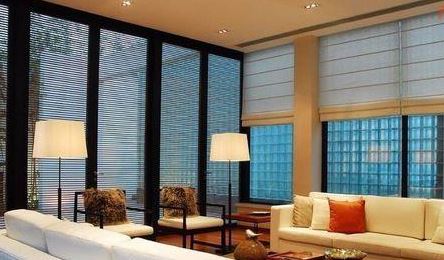
For a long time, the ideal “room temperature” was considered to be about 21°C. But we now know that, as human beings, we like temperature changes, not the vanilla indoor environment.
As discussed in Lisa Heschong’s book Thermal Delight in Architecture (1979), most of us are not looking for a beige thermal environment after all. Therefore, first of all, we need to change our attitude. Wear a sweater in winter and shorts in summer!
The next point is the basic knowledge about your climate zone. For example, in Melbourne, there are more heating days (159) than cooling days (35). Therefore, if you are decorating in the summer, remember that the main annual task is actually to bask in the sun in winter.
Even with climate change, Melbourne will still need heating, not cooling, for decades to come, and in Brisbane, the first task is to maintain heat and stay cool.
Therefore, Melbourne houses need to be protected from the sun at night. You can use plants with seasonal leaves to shade summer windows, or you can use temporary techniques such as temporary sails or movable awnings. Plants can also cool outdoor spaces through evapotranspiration, which helps solve the increasingly serious “urban heat island” problem and makes the backyard more pleasant.
Despite years of poor pressure, insulating ceilings, floors and walls where possible is still the best way to solve 50% to 80% heat gain/loss. In many homes, ceiling insulation is cheap and easy to install, and can even be filled. It has also been found that insulated houses perform better in extreme weather conditions, and are quieter, more comfortable and more natural.
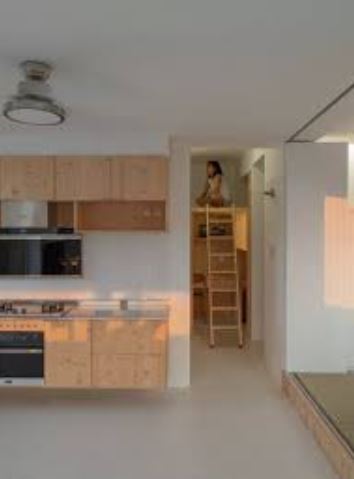
Measures against sunset
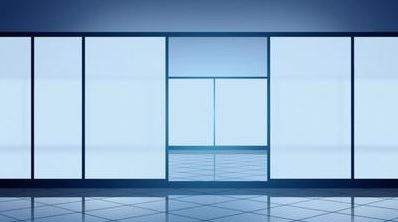
In the summer sun, black roofs are bad news. The surface of the coating will reflect too much heat. Coating technology has been used in paint products for walls and roofs, and has also been developed in backyard landscaping materials. In our houses, single-glazed windows can generate 10-35% heat gain/loss. A series of double-glazed window products are now available, or you can even place a second glass panel on an existing window.
Double-glazed (or triple-glazed) houses are more comfortable in extreme weather, quieter and more comfortable. Add curtains and blinds for temporary use to block sunlight or keep warm when needed. Although these preventive passive measures seem basic, the facts are: (a) Technology, market and prices are changing rapidly, so it makes sense to be open to new transformation ideas and products; (b) Comfort is still The most important thing, and as climate change affects all our houses, the comfort will only increase. Solving this problem first will reduce the need for other technologies and equipment.
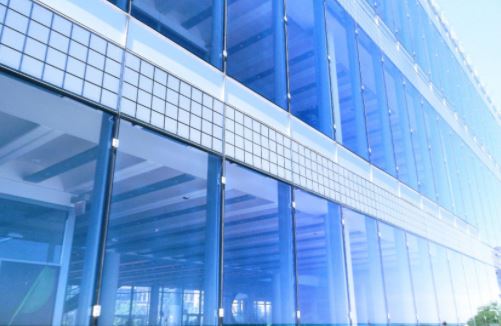
Transformation principle

Another area of technological advancement is the digital data system that monitors indoor energy services. Energy supplier portals, temperature recorders and smartphone apps are now widely available.
If you are more enthusiastic, then if you buy several temperature loggers, place them in your main living area, and then place them in your master bedroom, you can collect data at intervals as short as one second. You can use this data to identify the performance of the house and how it is used. More importantly, you can satisfy yourself that the renovation project you just paid for has already worked.
This article only covers a few key areas. We have many unresolved good choices. However, we propose three principles for any renovation project:
Prioritize large items (e.g. thermal comfort)-what you need most and what is the most energy consuming-plan and design according to your climate zone and household needs
Prevention is better than cure-Before using electrical appliances, focus on passive factors.
Diversity is better than standardization-not aiming at 21 degrees Celsius, but aiming at controllable comfort, openable windows and room-to-room adjustable systems. Easily adjust the design through movable technologies (such as fans, curtains, plants and curtains).
After all the hard work, it is time to sit down and enjoy the new indoor environment, but please note that, just like our climate, our conventions, conventions and expectations for comfort are constantly changing. Some argue for evidence of a comfort dividend, in which case residents of newly ecologically renovated houses have increased their use of heating or cooling equipment (or both). There is no doubt that with changes in consumption patterns and changes in social standards, we will need to adjust our ecological transformation focus. Housing is not only an ongoing material work, but after all, it is a place for social and cultural life.
